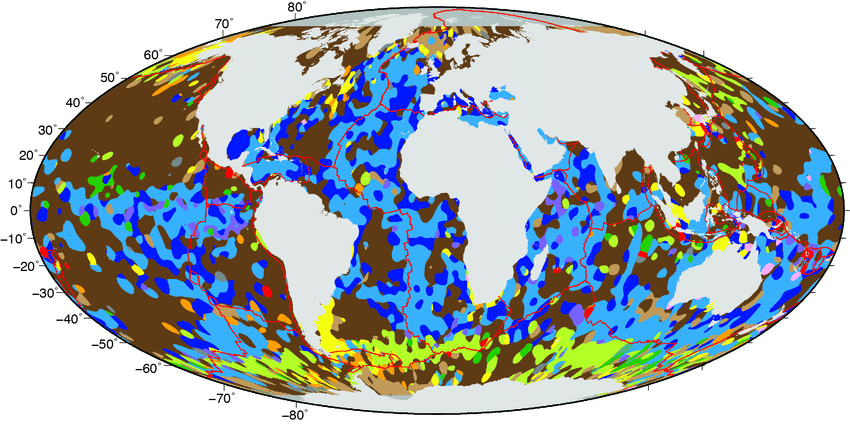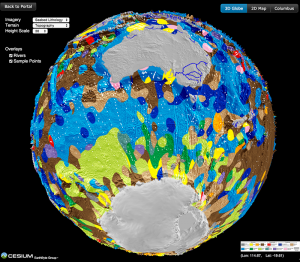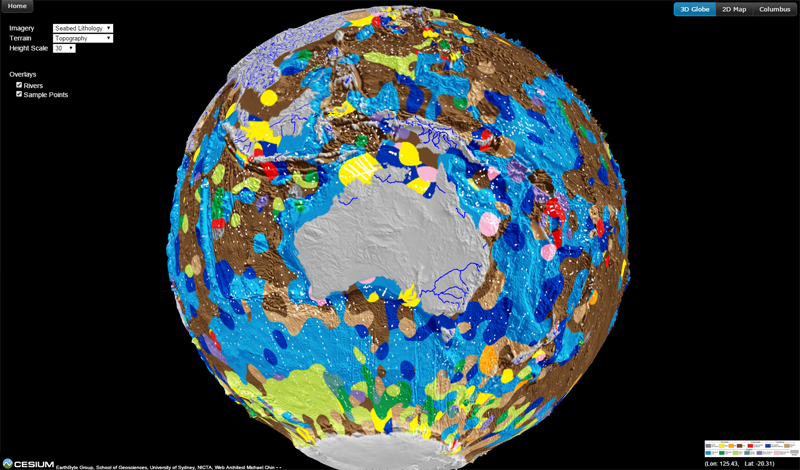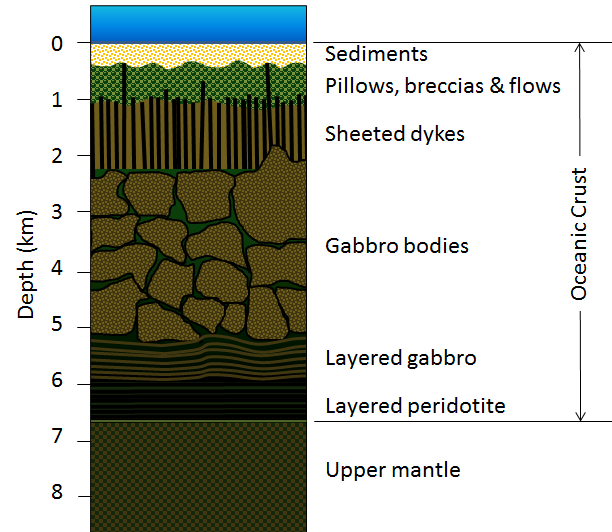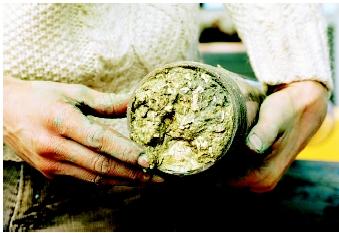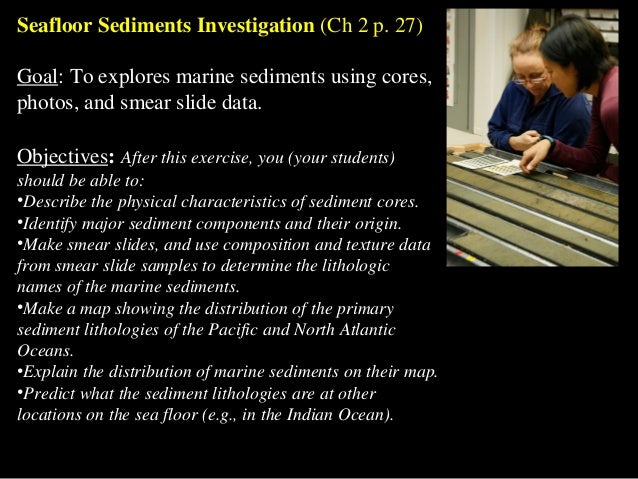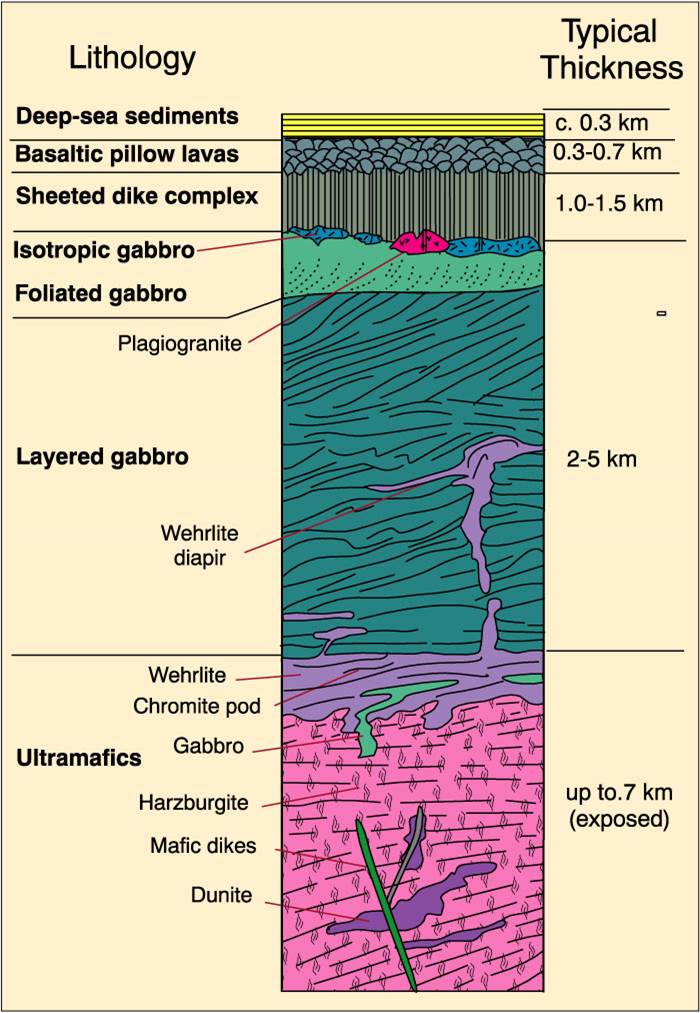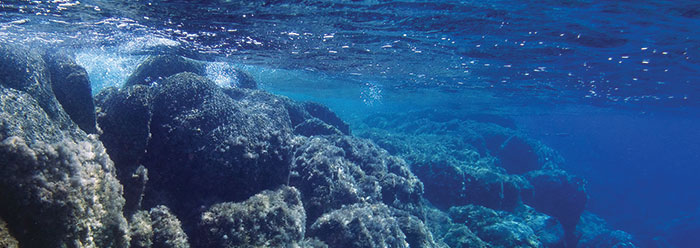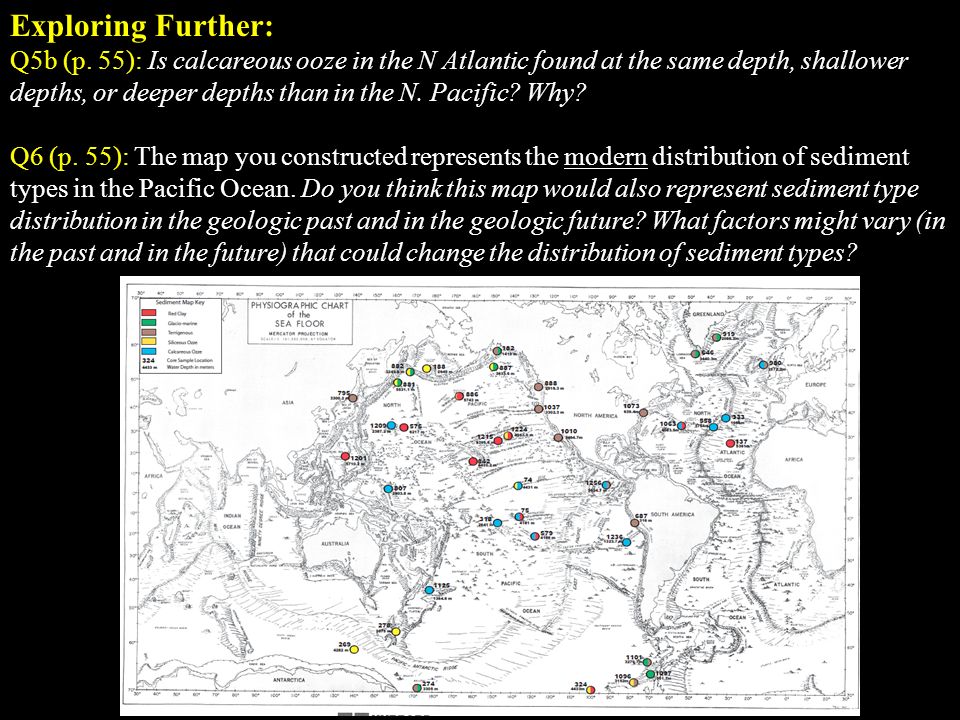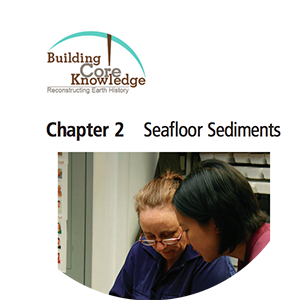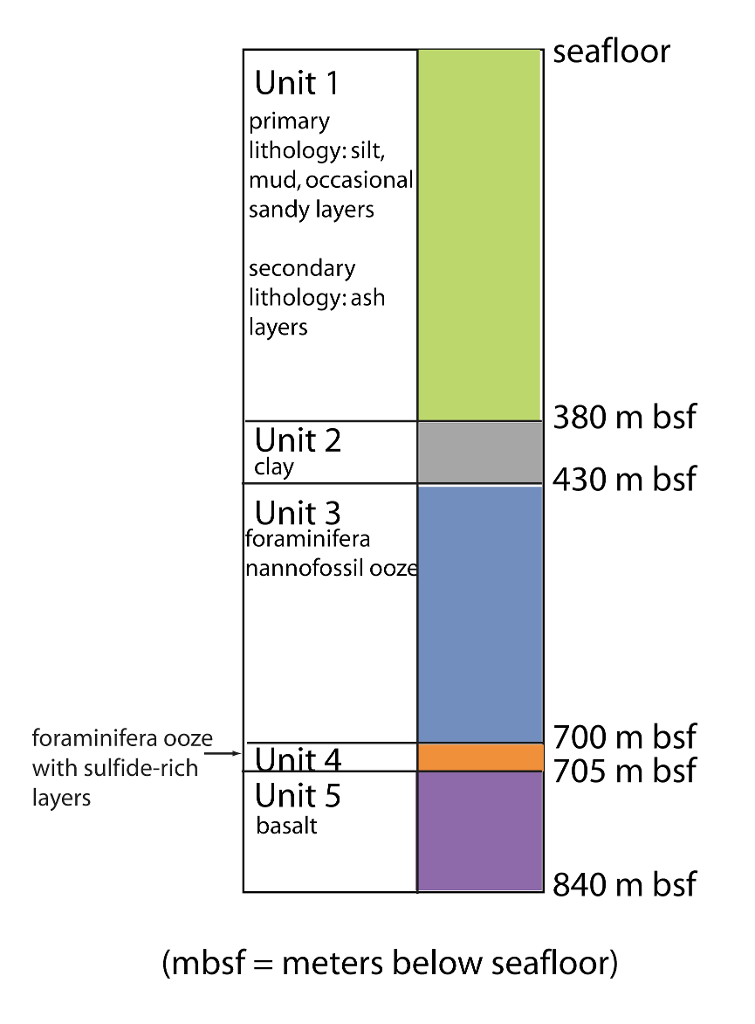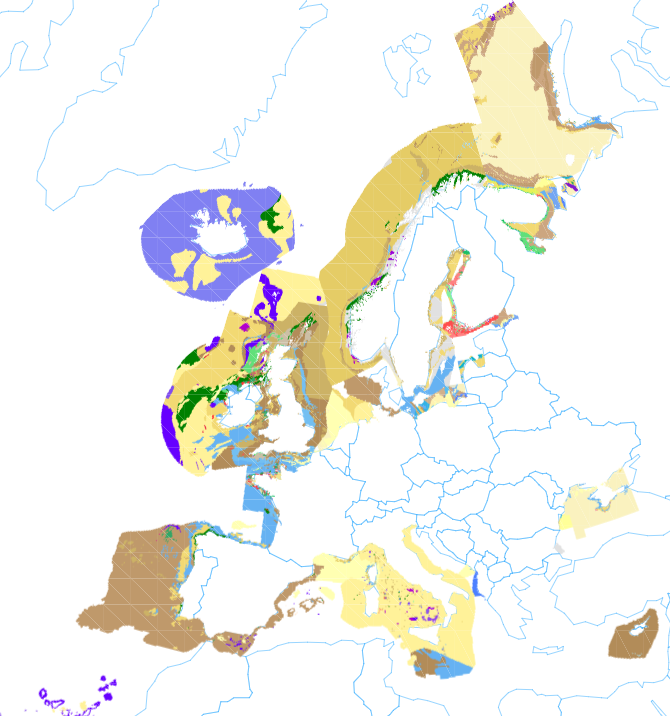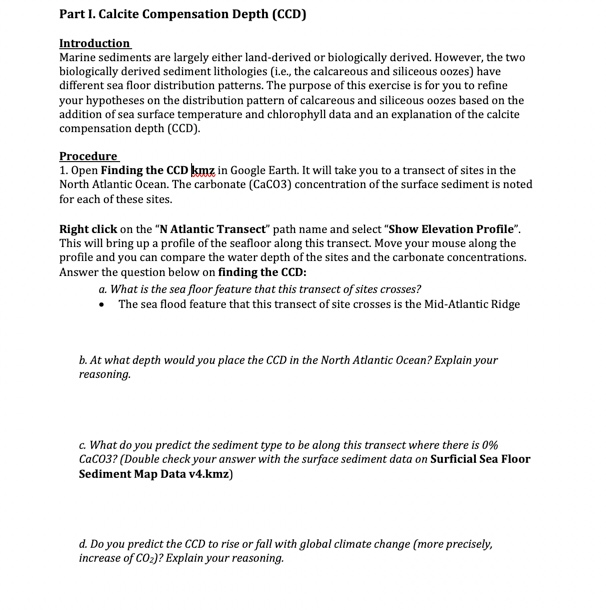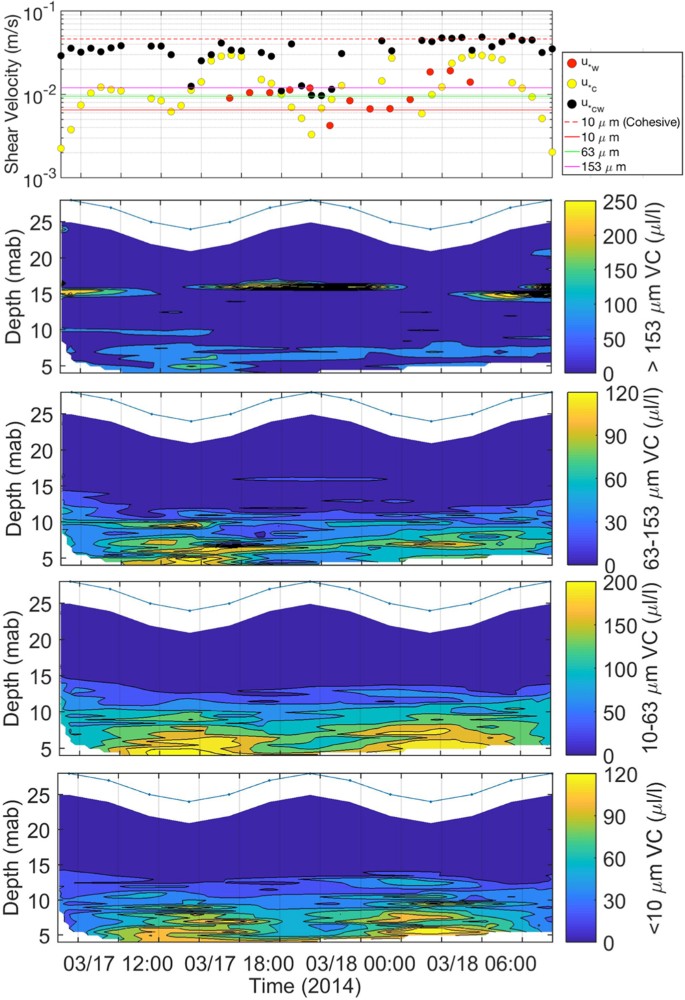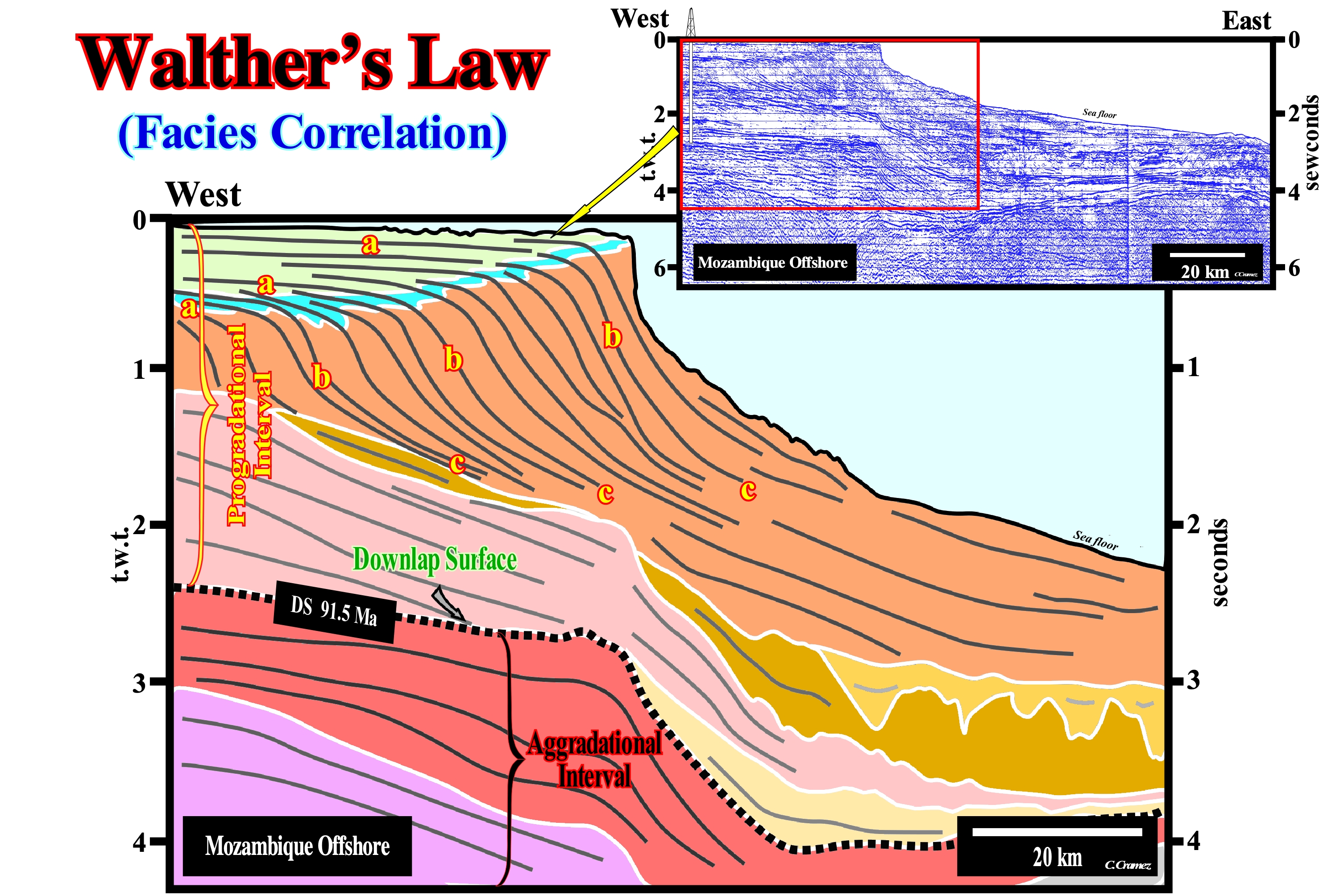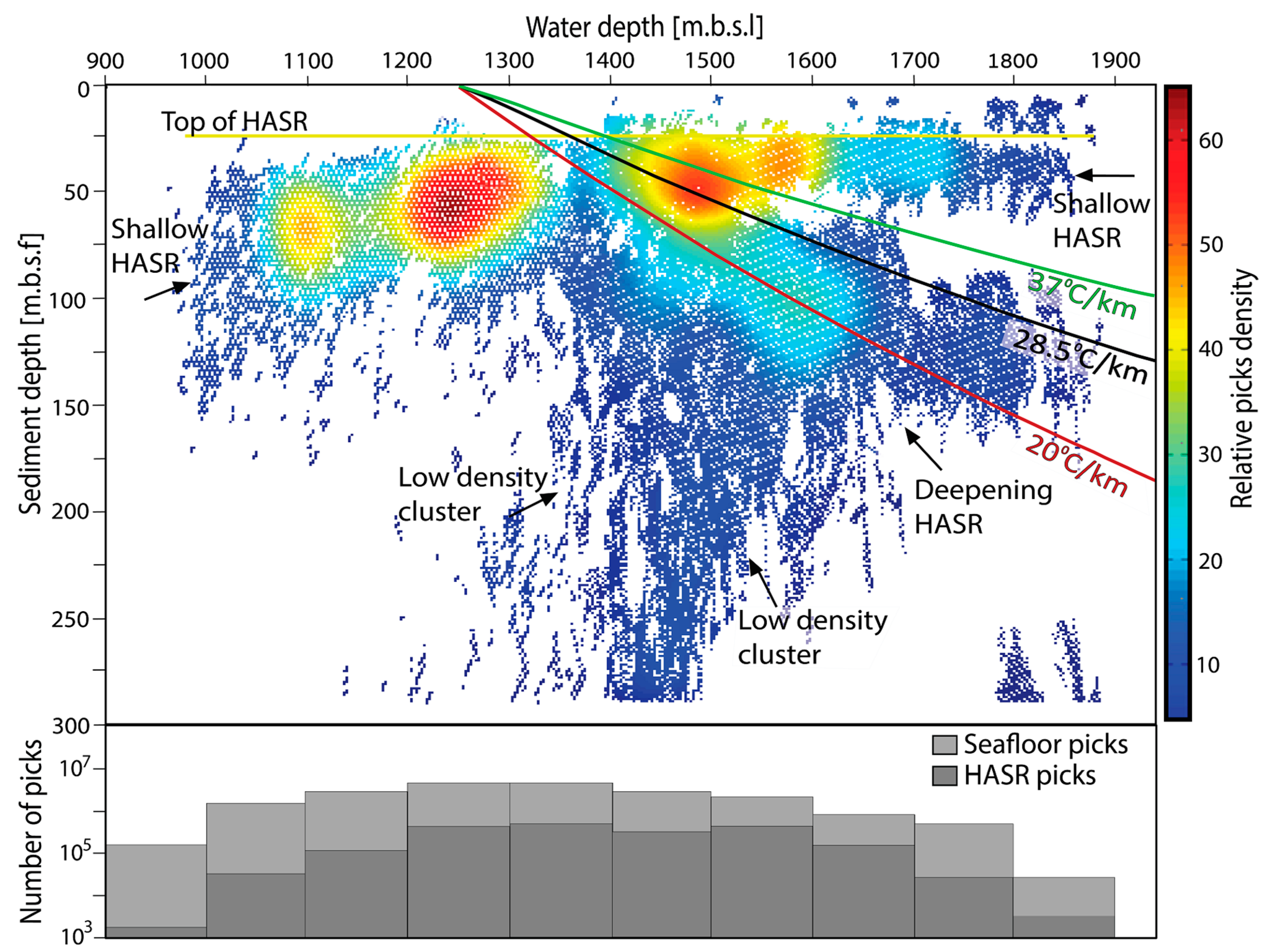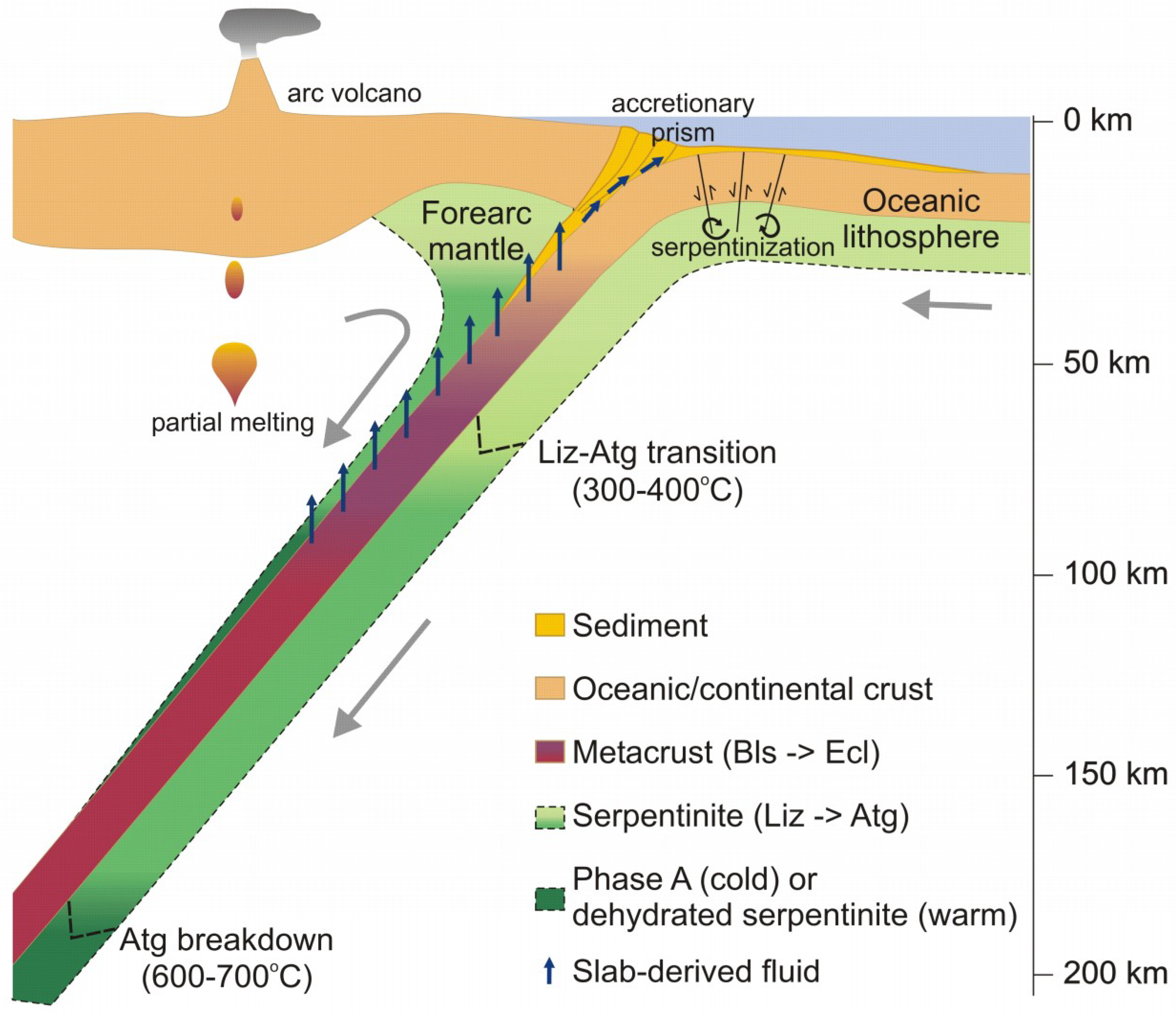Knowing the patterns of distribution of sediments in the global ocean is critical for understanding biogeochemical cycles and how deep sea deposits respond to environmental change at the sea surface.
Sea floor sediment lithologies.
Legend is the same as in figure 1.
Table 2 of the sea floor.
Seafloor lithologies in the southern ocean showing the antarctic circumpolar current.
Here we created a virtual marine core collection that provides exemplars of the primary ocean sediment lithologies along with links to expedition reports and datasets and tips for making requests for real core samples to use in education.
As deep sea sediments represent the largest carbon sink on earth these shifts need to be considered in the context of global ocean warming.
There are three kinds of sea floor sediment.
The purpose of part 3 is to explore empirical data on the distribution of the five primary marine sediment types i e lithologies.
Google earth resource on marine sediments.
These need to be printed on a color printer or viewed directly on a computer screen or projector.
It shows that small shifts in salinity and temperature significantly affect the lithology of seafloor sediment.
Dutkiewicz a müller r.
A virtual map of 2500 marine sites showing the.
Make a map showing the distribution of the primary modern sediment lithologies of the pacific and north atlantic oceans.
D o callaghan s jónasson h.
Color variations and patterns perhaps textures differences e g large pebble mixed in mud and may will notice.
Digital map of major lithologies of seafloor sediments in world s ocean basins.
Accurately predict what the modern sediment lithologies are at other locations on the sea floor e g in the indian ocean.
Census of seafloor sediments in the world s ocean.
The dataset presents the first digital map of seafloor lithologies based on descriptions of nearly 14 500 samples from original cruise reports interpolated using a support vector machine algorithm.
Your job is to describe the surficial sea floor distribution of marine sediment types and propose hypotheses to explain the distribution patterns you see.
We present the first digital map of seafloor lithologies based on descriptions of nearly 14 500 samples from original cruise reports interpolated.
A new digital map of the spatial distribution of seafloor lithologies in the deep sea below 500 m water depth is presented to address this shortcoming.
Explain the distribution of modern marine sediments on their map.
It is further contoured by strong currents along the continental rise.
Sea floor sediments instructor guide page 8 of 33 few seconds.
Terrigenous pelagic and hydrogenous.


